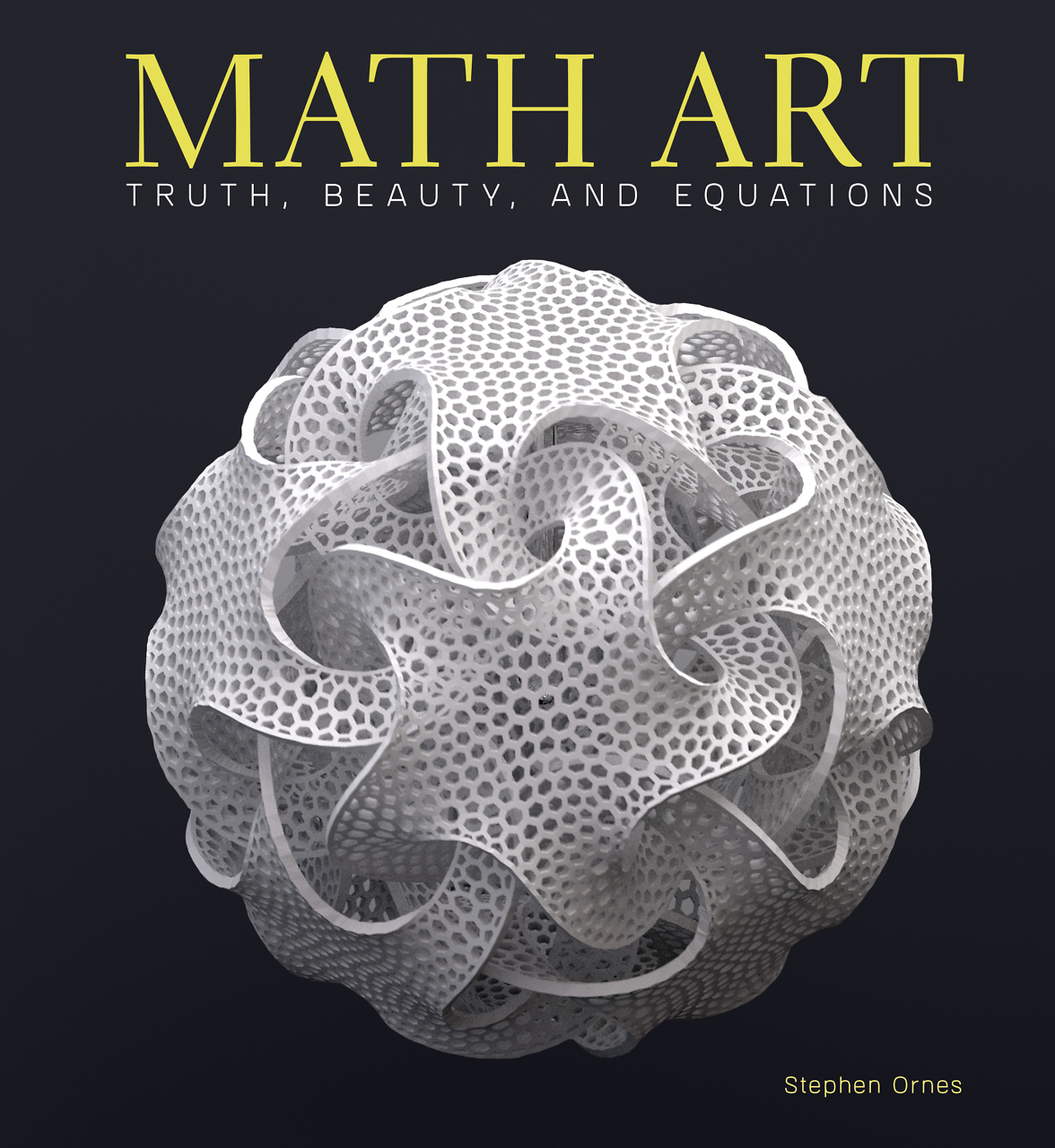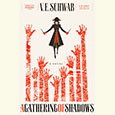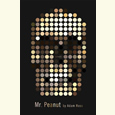Nothing Pacific About This War
Hugh Ambrose’s companion book to The Pacific, the HBO miniseries, recreates hell in words
No one with any sense of history can doubt the human capacity for violence, hate, destruction, and killing. In The Pacific, Hugh Ambrose (son of late historian Stephen Ambrose) provides an intimate picture of that capacity. The book chronicles the war experiences of four Marines and a Navy pilot in the Pacific war against Japan. One or more of them took part in most of the major battles, from Midway through Okinawa.
Ambrose stays close to events by staying close to his sources. One of the marines, John Basilone, the son of Italian immigrants, was an eighth-grade dropout who wrote little and poorly. But he became a much-decorated hero who achieved celebrity status before his death in battle. A wealth of writing about him, some of it wildly hagiographical, became available from his friends, relations, and war buddies. Some is still appearing; a new biography of Basilone—I’m Staying with My Boys by Jim Proser and Jerry Cutter—has just been published. Eugene Sledge, the son of a prominent Mobile, Alabama, doctor, began the war almost pathologically gung-ho and chafing to enlist. He became a sensitive observer and wrote letters, as well as an important memoir, that trace his growing disillusion with the corps and many aspects of the war’s conduct. Sidney Phillips also published a memoir. The fourth marine, Austin Shofner, became a Japanese prisoner of war after the surrender of Corregidor, and kept a detailed diary of the horrendous conditions before he escaped, joined the Philippine resistance, and ultimately played an influential role in several other big Pacific battles. Ambrose interviewed the Navy pilot, Vernon Micheel, extensively, and mined the paperwork he filed that provides a wealth of detail on the technology of carrier operations and airplane problems.
 This book is a grimly fascinating read. It takes a little effort to adjust to the quickly shifting focus between the five protagonists, and civilian readers may struggle with the unavoidable military jargon as Ambrose identifies weapons and the movements of squads, companies, regiments, and battalions. But most readers will come away impressed less with battle details than with the mayhem and the sheer numbers of dead, which are of an order of magnitude beyond that of current wars. Ambrose conveys conditions as the fighters experienced them, with “corpses in all directions” and bloated bodies and swarms of blowflies so persistent “you couldn’t chew them off [your food].” Perhaps most shocking to contemporary sensibilities is the casual attitude toward death the fighters developed as war brutalized them: “It never occurred to the enlisted men to try to get the Japanese to surrender. The marines shot them immediately. Burgin watched his friend Jim Burke casually borrow a rifle from a bystander, shoot a Japanese wading in the sea, and say thank you as he handed the weapon back.”
This book is a grimly fascinating read. It takes a little effort to adjust to the quickly shifting focus between the five protagonists, and civilian readers may struggle with the unavoidable military jargon as Ambrose identifies weapons and the movements of squads, companies, regiments, and battalions. But most readers will come away impressed less with battle details than with the mayhem and the sheer numbers of dead, which are of an order of magnitude beyond that of current wars. Ambrose conveys conditions as the fighters experienced them, with “corpses in all directions” and bloated bodies and swarms of blowflies so persistent “you couldn’t chew them off [your food].” Perhaps most shocking to contemporary sensibilities is the casual attitude toward death the fighters developed as war brutalized them: “It never occurred to the enlisted men to try to get the Japanese to surrender. The marines shot them immediately. Burgin watched his friend Jim Burke casually borrow a rifle from a bystander, shoot a Japanese wading in the sea, and say thank you as he handed the weapon back.”
The ten-part HBO miniseries—produced by Tom Hanks, Steven Spielberg, and Gary Goetzman—employs several of the same focus characters and battles as those in the book. But television, no matter how graphic, can hardly outdo Ambrose’s words in reproducing the sights, sounds, and smells of fear, blood, guts, and death.
Hugh Ambrose will sign copies of The Pacific at Davis-Kidd Booksellers in Nashville on April 12 at 7 p.m.


